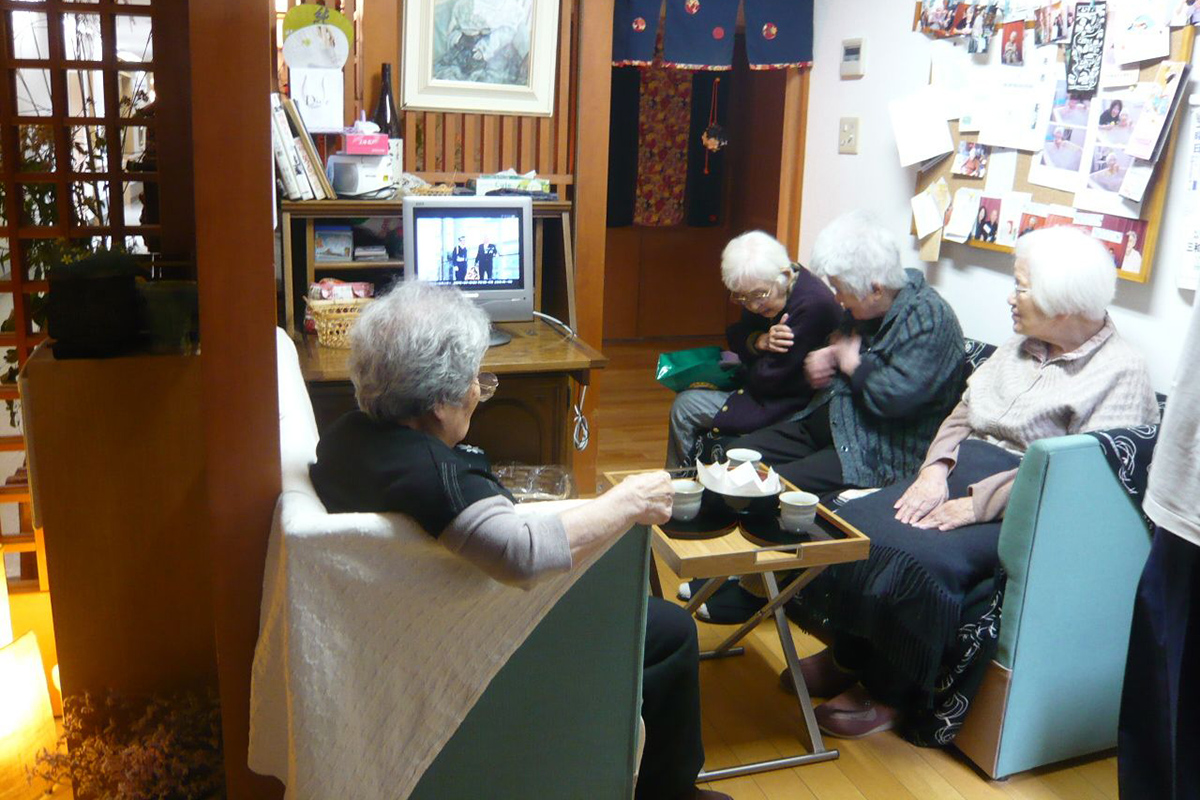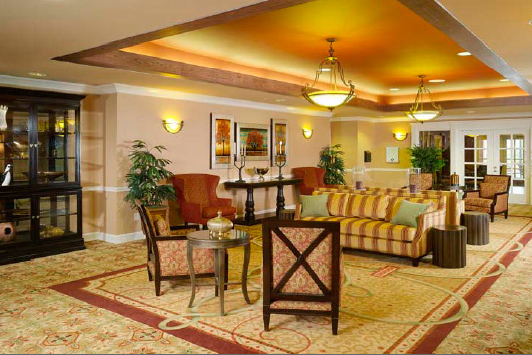We all know that most older adults would like to live at home — after all, why wouldn’t they? I know I would. As a result, the people who work in long-term care for elders strive to create places that feel like home. But what is a “perfect home”?
In long-term care, we try to create a place that is efficient, clean, and safe, with everything we need always accessible. But in our own homes (at least in mine), things are often inefficient and not necessarily clean, and it’s not always easy to find what I want.
So why do we still want to live at home, where things are so much more messy and inconvenient?
I think we strive too much to create “perfect care in a perfect environment.” I wonder if the artificial tidiness of the long-term care environments we create actually make us uneasy, rather than make us feel “safe.” Maybe it helps create the sense of disconnect that plagues so many residents of long-term care facilities — the loneliness, helplessness, and boredom the Eden Alternative talks about, because you can’t take the chaos, unpredictability, and individuality out of a place without taking at least some of the life out of it too.
In other words, it’s really impossible to create an environment that will be perfect for everyone who lives there since there will be many people with many different backgrounds and preferences there at any given time, let alone over the years. So much better, surely, to create a space that allows for a lot of variation and individual choice/adaptation, right?
I wonder how we can embrace the sense of “imperfection” gracefully in long-term care settings. I believe that this is the key to creating an ibasho, a place where we can feel at home as who we truly are.





